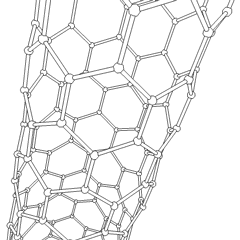sgt1372
Platinum Member
- Joined
- Oct 16, 2018
- Messages
- 8,429
Just found this article which claims that the subject material is the "toughest [metalic] material on earth."
Anyone (including Larrin
) know anything about this and, if so, would it be a suitable material for making knife blades?
Larrin
) know anything about this and, if so, would it be a suitable material for making knife blades?
See: Say Hello To the Toughest Material On Earth
See also: Exceptional Fracture Toughness of CrCoNi Based Medium & High Entropy Alloys at 20 Kelvin
Anyone (including
See: Say Hello To the Toughest Material On Earth
See also: Exceptional Fracture Toughness of CrCoNi Based Medium & High Entropy Alloys at 20 Kelvin
Last edited:

